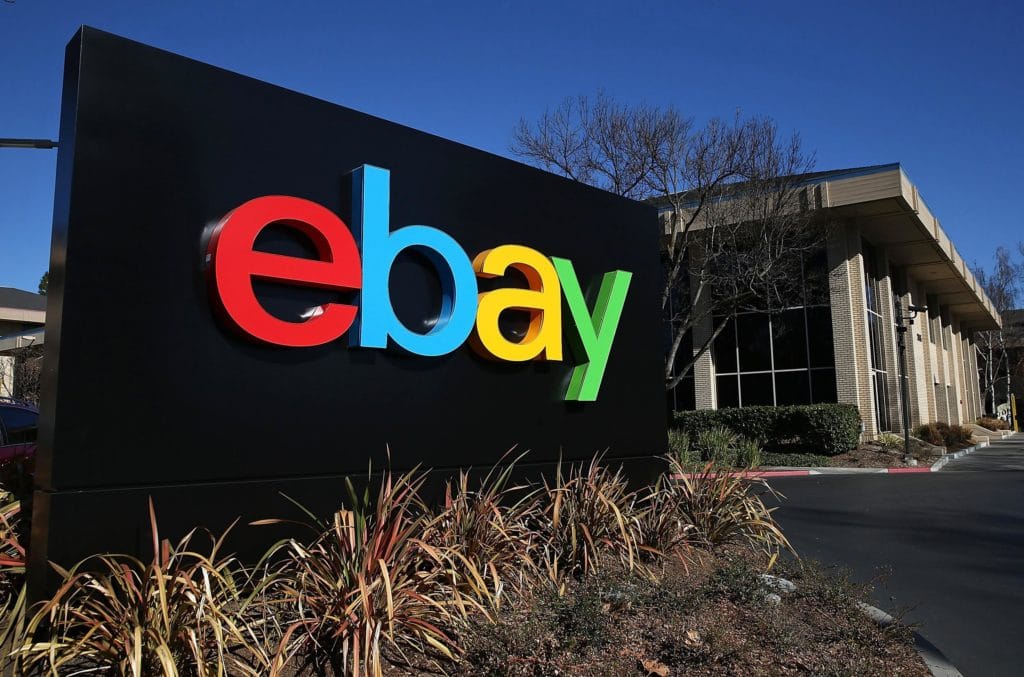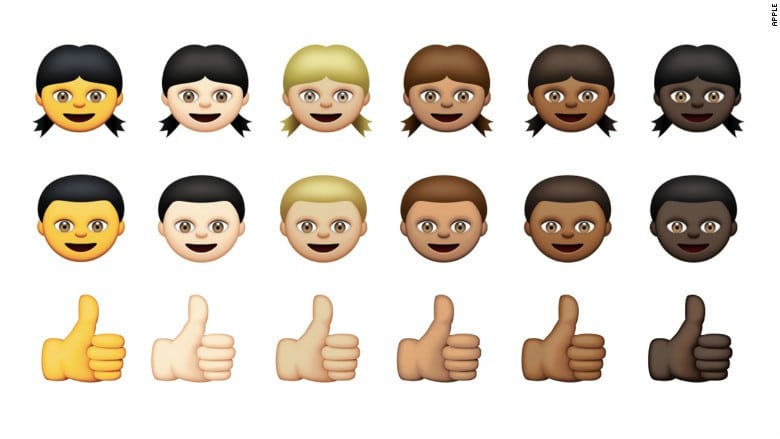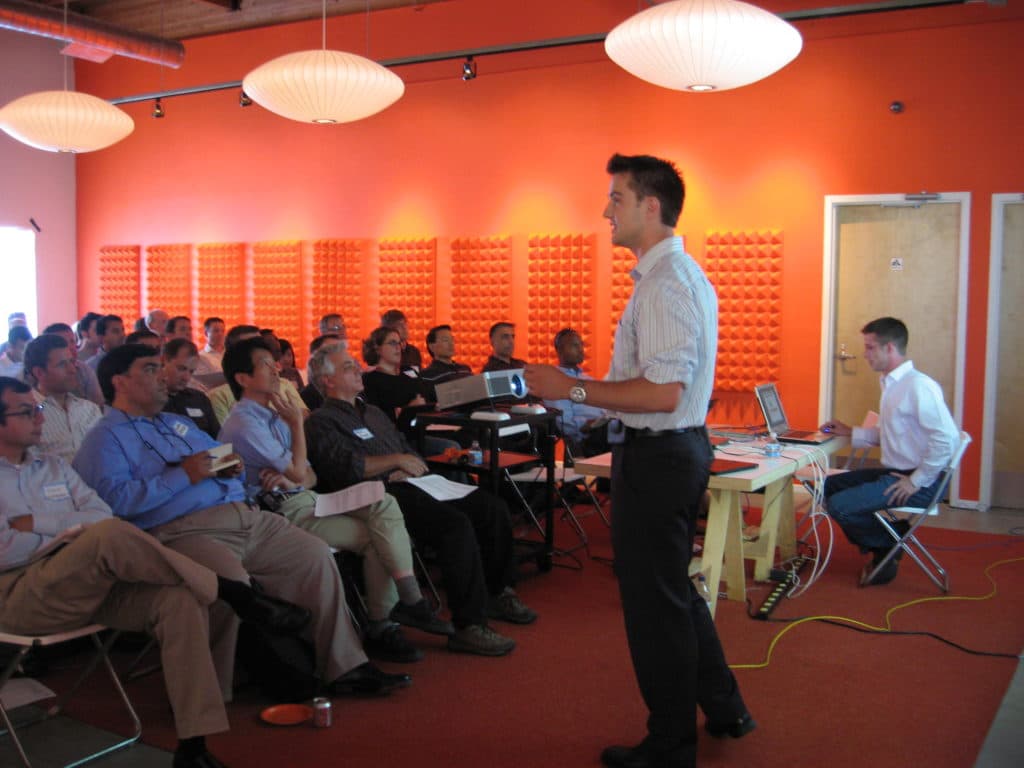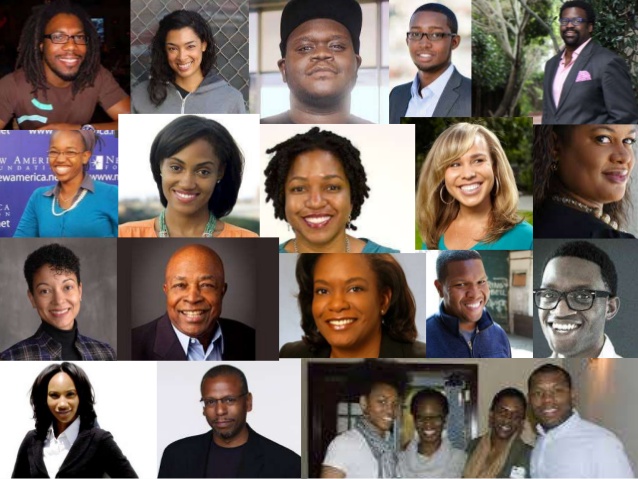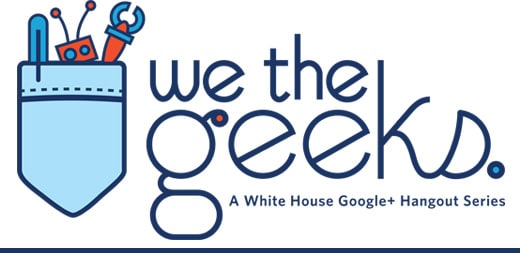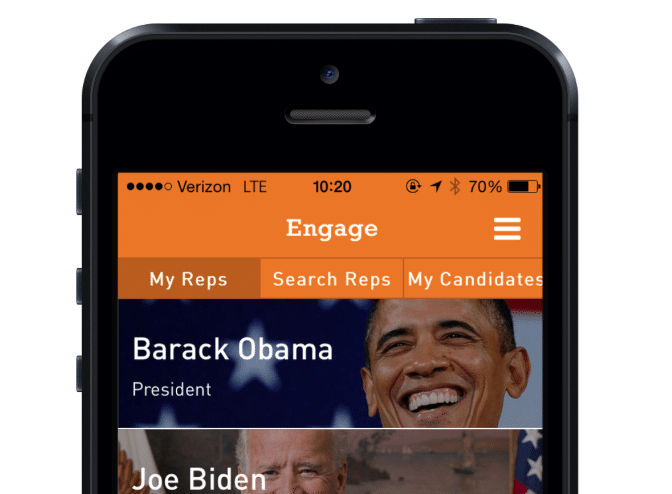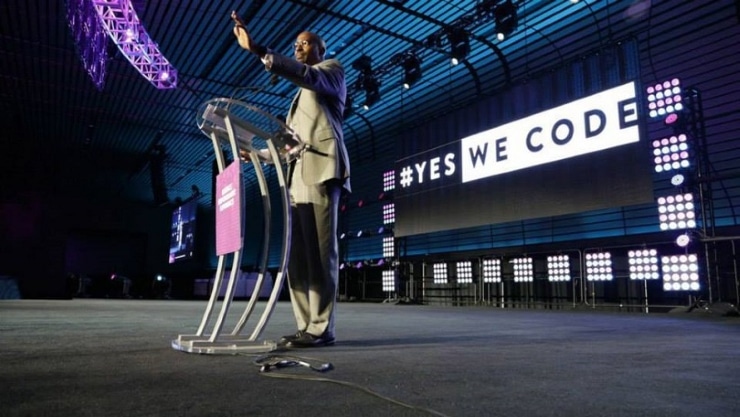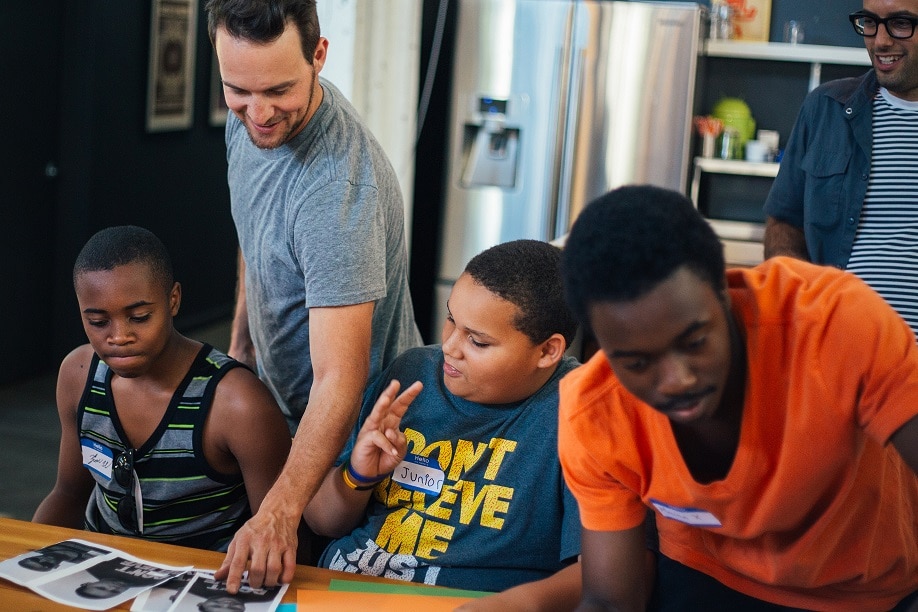When pressure was placed on tech giants to diversify overwhelmingly white, male staffs, eBay promised to step up to the plate. That was back in 2014.
A year later, eBay’s diversity report reveals an increase in diversity, but it’s the type of incredibly underwhelming change that could serve as a serious warning sign in the world of tech.
After making a strong commitment to improve diversity within its company, eBay only managed to bump the number of female employees and Black employees up by 1 percentage point.
Some publications insist this is a sign that increasing diversity in tech will be a much longer process than anyone could have imagined.
“The modest change underscores that, even with a strong commitment from top management, it will take some time to change the makeup of Silicon Valley’s biggest tech companies, which are largely white and male,” USA Today reports.
But is that really the end of the story?
EBay couldn’t do it so nobody can? We should all expect to see diversity increase at such a painfully slow pace?
While nobody is expecting a diversity fairy to have Black employees randomly popping up in the boardrooms of major tech giants, a 1-percentage point increase is beyond underwhelming — it’s disappointing and suspicious.
It begs the question if tech giants are truly doing all they can to really make a difference in the makeup of their companies or are they throwing out hefty donations to random causes in hopes that the lack of diversity in their staffs is a problem that will correct itself over time.
Either way, eBay is hoping to continue its push toward diversity even as it officially breaks into two different companies — eBay and its payment division of PayPal.
“As eBay and PayPal separate into two independent companies during 2015, both plan to provide data updates for 2016 to give each of them a full year to collect diversity data,” spokesperson Abby Smith told USA Today. “It’s important though that each company has a full year of data. We will give each company some time to chart its course, so the next time we’ll report (diversity) findings is for 2016.”
Other tech giants like Google, Twitter, Apple and Facebook also fell under harsh scrutiny after their own reports pulled back the curtain on their own struggles with diversity with their staffs.
It’s unclear so far if the other tech giants have seen substantial improvements on diversity with their staffs.

